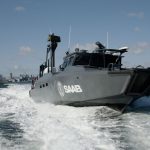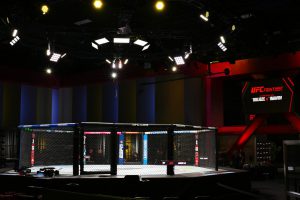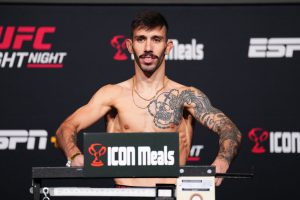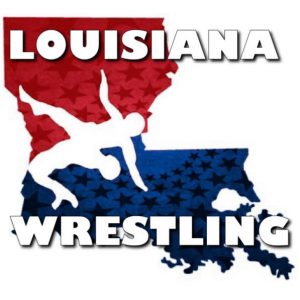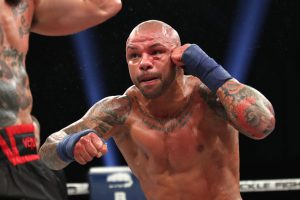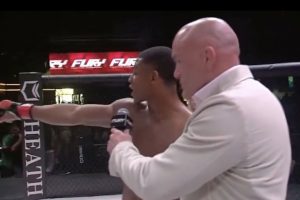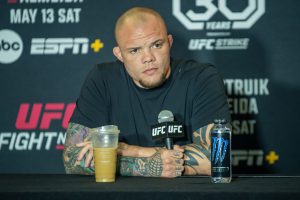Across the nation, in every large city, many medium sized towns and even some small villages there are Martial Arts schools. This is something we take for granted, but wasn’t always this way. There was a time not all that long ago that you couldn’t drive to the closest burg and sign up for a class. Now there are TKD, Karate, Kung Fu, Krav Maga, BJJ, and many other types of schools all over the place. Plenty of options abound.
How did we get so lucky?
Pioneers of Marital Arts took the initiative and started spreading their systems nationwide. This wave of influence began to take hold around the time of World War II. However, there are differing opinions over who deserves what credit in advancing the Marital Arts. During this time, a few main styles were making the push. Judo, Okinawan Karate, and American Kenpo were at the forefront. Arguably one of the greatest forces in spreading the Marital Arts at this time was Master Ed Parker, as he shared American Kenpo across The United States.
Master Ed Parker, having experience in boxing, judo, and street scuffles was a proficient fighter before his training with William K.S. Chow led him to the creation of American Kenpo. After Master Parker’s passing in 1990 many branches of American Kenpo have sprouted and taken on a life of their own. The argument persists over tradition versus progression. I’m not here to give my take on one over the other. No matter where you stand on the issue, I believe we can all agree that the quality, intensity, and attention to detail in your training are of the utmost importance.
Rather than going forward and comparing and contrasting the unlimited possibilities of where American Kenpo has gone or will end up going, let’s take a moment to look back at its origin, where we’ll discover our roots together. As we dig back to the beginnings of our arts, we’ll likely find that our origins cross with fellow Martial Artists and if not, many of our principals do.
We begin our journey with the “Father of American Karate” Master Ed Parker. As mentioned before, he trained in boxing and judo and eventually found is way to William K.S. Chow. He was introduced to William through his brother Frank Chow. Master Parker, a teenager at the time, learned of Frank Chow after Frank handled himself well against a well-known bigger bully. This was the spark that led Mr. Parker to the art.
Later, we will delve much further into William K.S. Chow and his contribution to American Kenpo. But first, let’s take a moment to discuss a couple of other martial artists that were in Master Parker’s life as he was creating American Kenpo. One name that pops up is Lau Bun. Bun was a well-respected martial artist with a strong foothold in the community.
Lau Bun was, without a doubt, well versed in the southern Shaolin kung fu systems. Among the different styles he studied was Hung Gar which includes the five animals of Shaolin Kung-fu, namely tiger, dragon, leopard, white crane and snake. It has been said Lau Bun heavily influenced much of what is seen in today’s American Kenpo. This makes sense especially as one looks at the forms and considers the many circular movements and the continued call backs to the Chinese ancestors of American Kenpo. For the record, had it not been for immigration issues many were facing at the time, Lau Bun would likely have had more exposure and, ultimately, been more well-known outside of the martial arts community.
Another name that pops up is Sifu James Wing Woo (Jimmy Wing Woo). Woo, a student of Bun, is said to have even taught some classes in Pasadena at Master Parker’s studio after moving to the area. Depending upon the source of the information, the level of Sifu Woo’s contribution to American Kenpo varies widely.
Now, let’s get back to William K.S. Chow. Chow said that it was his father who trained him. Others say that Chow was a student of James M. Mitose. This leads us to one of the most challenging parts of understanding Martial Arts history and history in general. The further back you go, the less chance you have of hearing people share their firsthand experiences. Rather, it becomes more conjecture and best recollection of hearsay. It can be a bit like the “telephone game” where details change with each generation of the story. Though this can be frustrating, it’s still important to try and piece together our history.
With that, I want to say thank you for joining me in Part One of American Kenpo Origins Explored. Check back soon as we pick up the telephone and hear what else there is to be said as we dive further into our shared history as Martial Artists.
Salute,
Ian Lauer
2nd Degree Black Belt American Kenpo
1st Degree Black Belt Tae Kwon Do
1st Degree Black Belt Coszacks Karate
Sources:
Parker, Ed. (1982) Infinite Insights Into Kenpo Volume 1 Mental Stimulation. Los Angeles, California: Delsby Publications
https://www.ironjourney-kenpo.com/kenpo-articles/william-chow-the-lost-interview/
https://jameswingwoo.com/about-sifu-woo/
https://www.karaho.com/articles/example_article_1
Kenpo history, Kenpo karate, Kenpo
Black Belt Magazine
Bitcoin
Ethereum
Monero

Donate Bitcoin to The Bitstream
Scan the QR code or copy the address below into your wallet to send some Bitcoin to The Bitstream

Donate Ethereum to The Bitstream
Scan the QR code or copy the address below into your wallet to send some Ethereum to The Bitstream

Donate Monero to The Bitstream
Scan the QR code or copy the address below into your wallet to send some Monero to The Bitstream
Donate Via Wallets
Select a wallet to accept donation in ETH BNB BUSD etc..






